The Frustrating Story of Little Hope
Supermassive walks the path of least resistance in their latest game about a family haunted by past sins
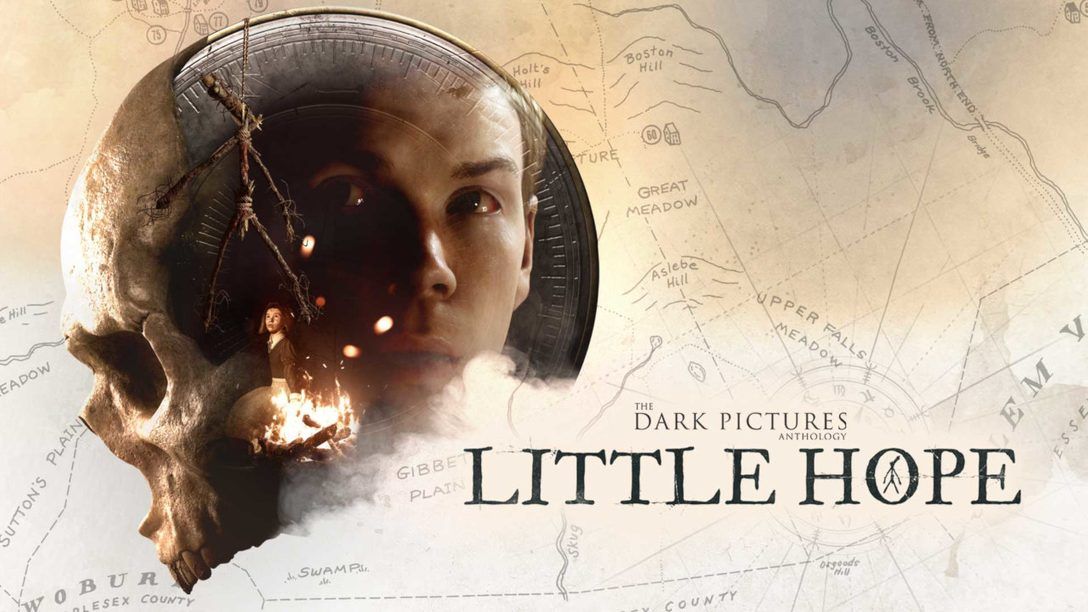
Everyone tells a different version of the Massachusetts Salem witch trials. In the 328 years since the event, historical accounts of the Salem town and Salem village schism change. Who sparked the accusations or baked the witch cake shift depends on the source. Historians disagree on details big and small, but the broader picture is complete enough that a consistent timeline of events is accessible to everyone.
I don’t think it’s off point to say that without historians working to keep the atrocities of the Salem witch trials alive through extensive preservation of its people and sociology, the biblical nightmare of the witch would be a footnote rarely invoked in America.
Preservation ensured the pop-culture creation of the witch could rehabilitate the moral boogeyman that condemned so many individuals to death or feed into the Christian mythology of their satanic debauchery in horror stories.
Depending on your preferred genre, the witch is a symbol of white feminism (Practical Magic, The Craft), environmentalism (Kiki’s Delivery Service), or the vilification of a woman’s body and political power (The Witch, the Blair Witch Project). Whatever the era, the fiction of the witch born from Salem is a constant — a jumping-off point for reinterpreting their villainy or martyrdom in tales of alternate history.
Salem, like World War II, has been mythologized to the point of unreality. It’s Halloween fodder, it’s required reading that bores kids to tears. We’re three hundred years too late to worry about how recuperative storytelling accidentally justifies the Puritans with suggestions that magical witches lived among them.

This brings us to Supermassive Games’ Little Hope.
In the barracks of the SS Ourang Medan lay a baffling next-game teaser. A premonition of a woman slipping and hanging herself called, “A Little Hope”. As intended, it raised questions, but it also distracted from Man of Medan’s climax. As the Curator promises to meet us next in Little Hope, a very rough post-credits teaser confirmed 2020’s Little Hope was going to regale audiences with the Salem witch hunts.
The prospect of exploring Salem, or a substitute, and experiencing the witch trials through the framework of an adventure game isn’t without merit. But Supermassive’s narrative system, and preference for schlocky horror, don’t allow for the nuance the history requires.
Little Hope would either lean into supernatural elements or highlight the fundamentalist horror of the witch hunts. Or retread Man of Medan’s undercooked psychological horror, using factual history or myth for a subversion that doesn’t stick its landing.
At the time, I wasn’t in the mood for another horror game in the vein of Until Dawn, so I had no intention of playing this. But, after a big move, I wanted something to project my anxieties on, and Little Hope was no longer an unattractive choice.
Self-exile revoked, the details of the witch trials a fuzzy memory of school days mired by pop-culture interpretations, I went into Supermassive’s closet of horrors blind. True to their other titles, Little Hope is a horror game that split its audience with its execution. It’s their most polished game since Until Dawn, but certain storytelling choices create an experience with less replay value than Medan.
Who’s the Heretic, Now?
A man or a woman who is a medium or a wizard must be put to death. The people must kill them with stones. They are responsible for their own death. —Leviticus 20:27
The Massachusetts Bay Colony was home to two Salems. One was an affluent town (modern-day Salem), the other a poor farming village (now named Danvers) home to approximately five hundred people. According to Aaron Mahnke’s Unobscured, smaller townships surrounding Salem town — places like Manchester and Marblehead — used to be part of the town before gaining independence.
Salem village hoped to become independent to collect taxes and build a church. Salem town, however, was reluctant to grant the village its freedom. It was their primary means of food, and they required residents to contribute to the militia and attend town church. Salem town’s refusal pushed the village to petition the courts in Boston for their freedom.
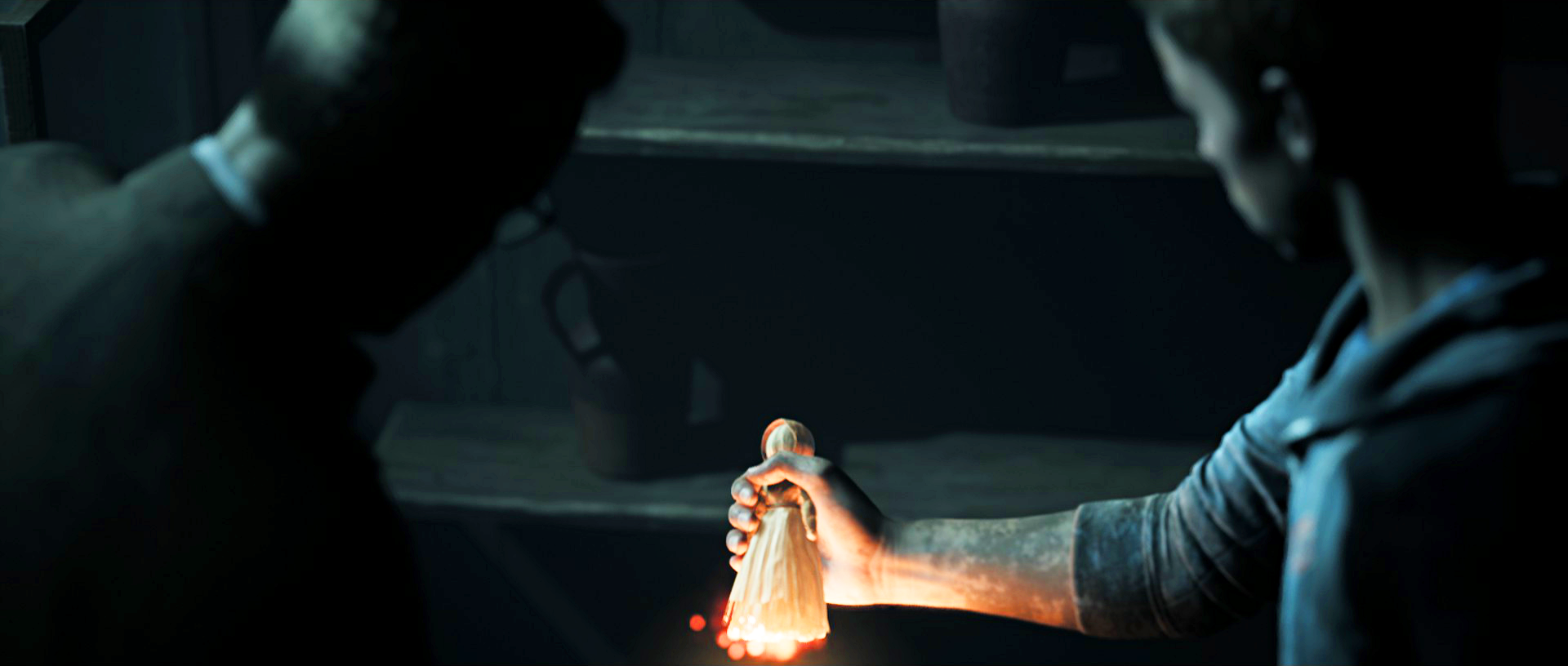
Driving the movement for or against the village’s independence were the Porters and the Putnams. The Putnams were one of the oldest families in the village. They advocated for the village’s independence from Salem town, representing the poor farming families. The Porters kept close ties to Salem town‘s wealthy merchants and owned three of its four sawmills.
Land owned by the Porters straddled the borders of the town and the village. Independence would break up that land. In 1672, after a two-year legal battle between the Putnams and Salem town, Salem village built its first meeting hall. The village gained semi-independence on the condition they would still defer to Salem town for legal issues.
In 1689, Salem village became home to the Parris family, Boston natives who hailed from the West Indies. Samuel Parris, a friend of the Putnams, was a Harvard University-educated merchant (and slave trader) who became Salem village’s new minister. Parris was an orthodox Puritan who, like the Putnams, objected to the halfway covenant (baptizing children without converting them). Under Parris’ leadership, the Putnams hoped to keep their generational influence over the village through the church.
Parris refused communion and baptism to members who objected to his orthodox practices, fracturing the already divided congregation. Among those outside of his favor was the Porter family. The Porters retaliated by refusing to contribute to his salary and not providing firewood for his family during the winter.
The special treatment afforded to Parris — increasing his pay, granting him two acres of land — was backfiring on the village. His attempts to weed out ‘wicked behavior’ in the congregation to settle the conflict, and punish those in good standing with the church with public penance, was fuel for a growing fire.
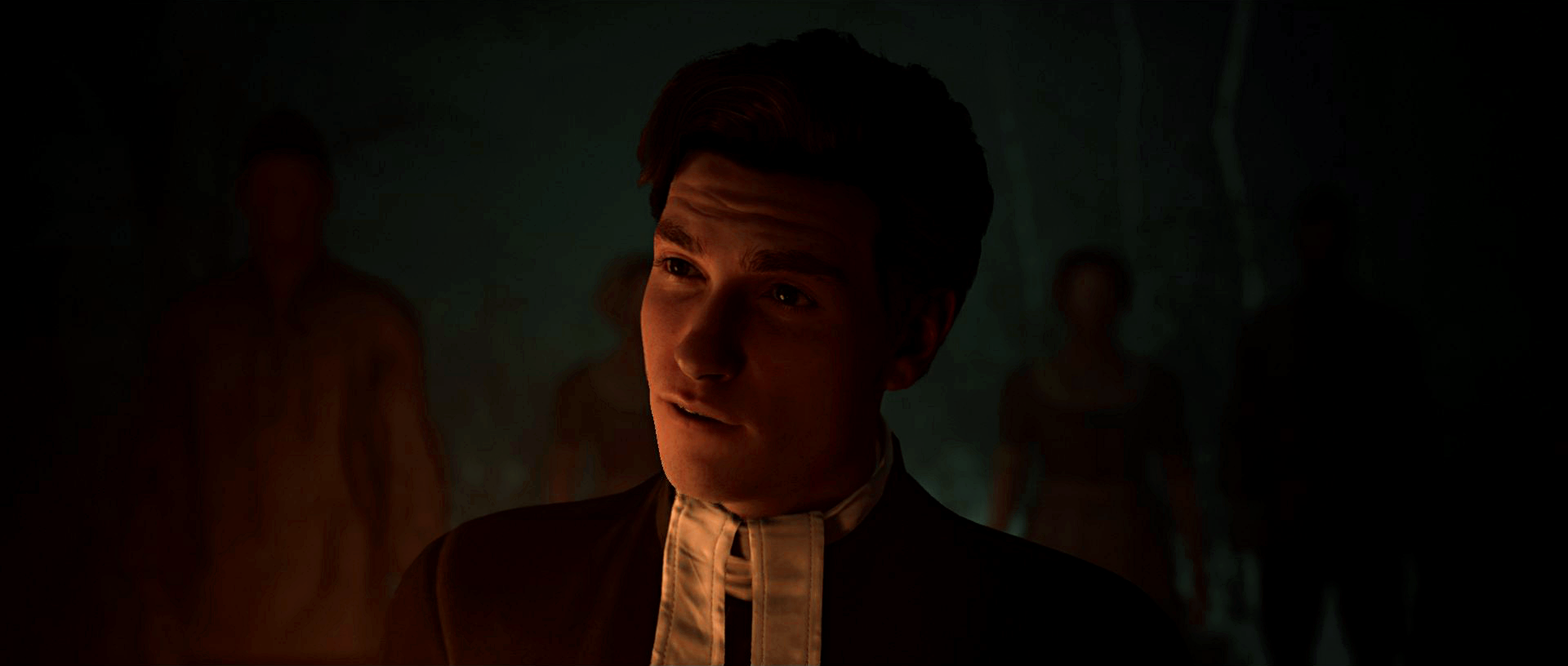
Wrapped up in the witch hunt’s biblical fortification were the Puritan’s racism and xenophobia. What began with the accusation of one enslaved woman later found its way to two others.
Tituba (South American) and Candy (African) hailed from the West Indies (Barbados) and were enslaved by Samuel Parris and Margret Hawkes. Mary Black was “of African Descent” and served the Putnam family.
When three girls (Betty Parris, Abigail Williams, and Ann Putnam Jr.) experienced seizures, a local doctor concluded they were bewitched. Hoping to cure them, Mary Sibley (a neighbor of the Parris family) suggested Tituba bake a witch cake to discover who bewitched them. The act condemned her in the eyes of Parris, whose niece and daughter accused Tituba of witchcraft.
The girls accused two more women (Sarah Good and Sarah Osborne) who weren’t frequent churchgoers, and the domino effect worked its magic. March 1692, Parris beat Tituba into admitting to a pact with Satan. The village presumed she was a practitioner of Hoodoo and told the girls stories involving the practice.
The Putnam family targeted Mary Black and Candy in April and July 1692. Despite the pressure from the court, Black denied she was a witch. Candy claimed her master, Hawkes (also under suspicion), forced her to become a witch. They released Black and Candy from prison in 1693 and returned them to their masters. After a thirteen-month stint in prison, they released Tituba in April 1693 and reportedly sold her to another household.
Online summations of the 1692–1693 Salem witch trials and their related topics (witchcraft, witch hunt) stress that witch hunts weren’t just about persecuting (white) women. They accused children and men of witchcraft when it was convenient, and singling out the destitute on preexisting biases made discrimination easier.
Puritans in Massachusetts wanted to build a City upon a Hill that brought them closer to God. Everything but orthodox puritanism was an obstacle to that goal. They rejected religious diversity and opposed unmarried or financially independent women.
Puritans believed women were inherently sinful and far more susceptible to damnation than men. The so-called weakness of women made them vulnerable to spiritual attacks from Satan. According to historian Elizabeth Reis, approximately 78% of the accused witches were women.
They accused a reported two hundred people of witchcraft (some sources say a hundred and fifty). Thirty were tried and found guilty, five died in jail, and nineteen were hung (five men, fourteen women). Giles Corey (a violent drunk) was ‘pressed under heavy stones' until he died and is the only man to die in such fashion during the trials. Witch hysteria spread to eighteen other communities. The village of Andover earned the dubious distinction of the village with the most accused witches.
Following the word of the bible, God’s contempt for witches empowered the puritans in their quest to find witches living among them. Because witches supposedly renounced the sacrament after joining Satan, they searched a woman’s body for a witch’s teat. They bound victims to chairs, dunking them in water to see if they’d float (a witch) or sink (not a witch).
Ten ‘bewitched’ young women took part in the cross-examinations and were used to figure out if the guilty party was a witch or not. Spectral evidence, uncorroborated accounts of witches astral projecting to torture their victims, was the primary means of incriminating so-called witches. Calling out the absurdity of the trials condemned anyone who tried to defend the accused, silencing future protests. The Putnam family used the trials to their advantage, targeting anyone they didn’t like.
Sir William Phips, the governor of the Massachusetts Bay Colony, intervened, attempting to bring control to the witch hunt. Moving the trials to Salem town, he established a court to investigate the allegations of witchcraft. Cotton Mather buffered his actions with advice to disregard spectral evidence. Phips later protected his wife from accusations of witchcraft, securing pardons for her and other citizens in May 1693.
As the proceedings concluded in 1693, pardons and public apologies were given to surviving accused but did little to change that they were social pariahs in their community. They ousted Samuel Parris from Salem in 1697 after he refused to take some responsibility for his part in fanning the hysteria. It would take almost 309 years before the final victims were exonerated by a 1992 resolution. That’s 2001, a year into the new millennium, for anyone keeping track.
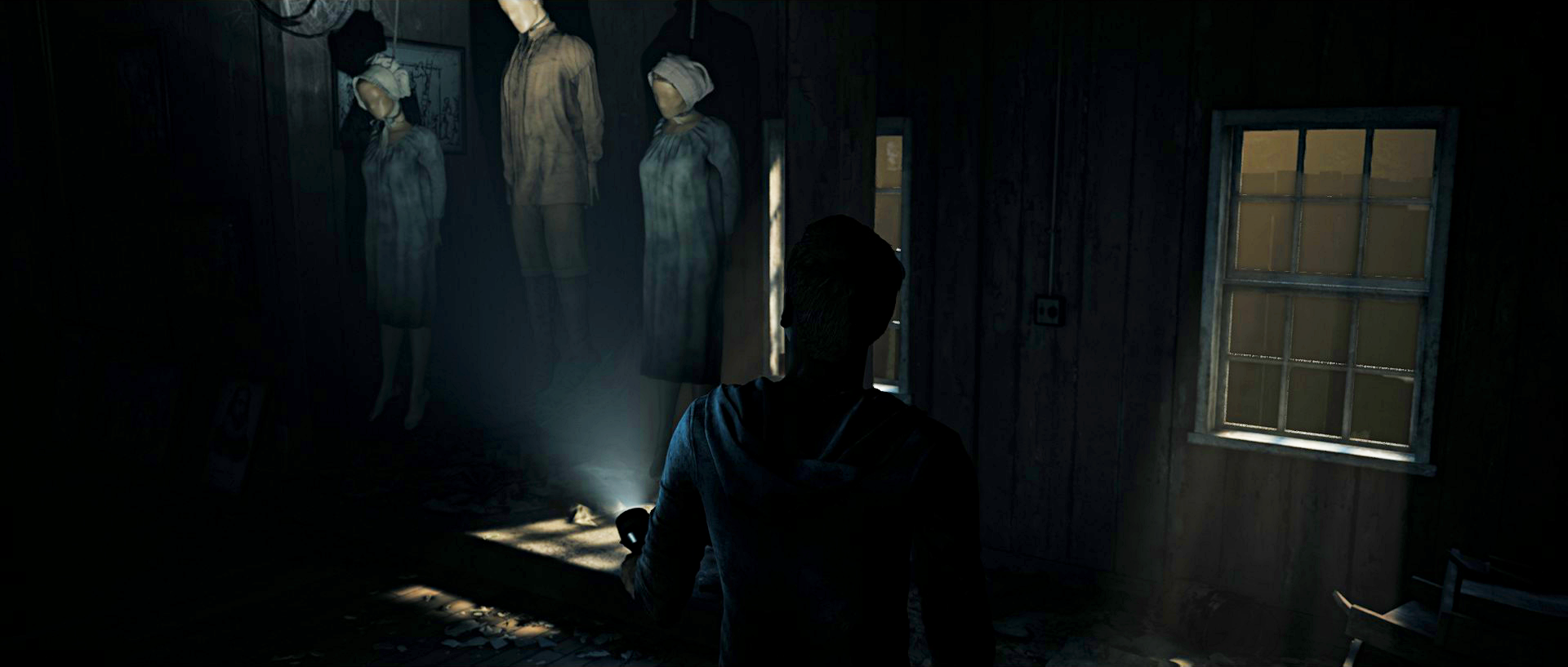
The great thing about the SS Ourang Medan is its flexibility. Whether real or imagined, the wayward ship is a ghost story, one unrestricted by its time or place. Its mythos offered choices to Man of Medan’s story, the game never capitalized on as psychological or supernatural horror. The problem of Little Hope is the problem of most historical fiction where a specific moment in time is well-trod ground. The Salem witch hunts trap the story within a limited framework. A certain order needs to be followed, or suspension of disbelief can break.
For a game whose major draw is how the witch trials of Little Hope terrorize its lead characters, the end of the game renders this attraction moot. The witch hunt element is misdirection and ends up feeling the least connected to the story it’s actually hiding.
Retrospect shows its part of the story is only justified by a book read by the Bus Driver, one of the lead characters decades after the 1972 opening. Reinforcing this tertiary feeling is how the game’s resident loremaster, Professor John, explains that the town of Little Hope experienced its witch hunts at the same time as Salem.
Our wayward group gets pulled into paradoxical glimpses of the past by victims of the hunts that look like them, and they believe they can change the outcome of the witch trials. We see parts of the hysteria that condemn their doubles on baseless rumors, but not much else.
In the past of 1972, Little Hope is a town with a textile factory as its primary revenue. At the start of the game, the town’s factory is suffering from the pangs of a financial crisis (perhaps foreshadowing the 1973–1975 recession). One of its employees, James Clarke, fears he and his co-workers will lose their jobs, and Little Hope itself is at risk of being disincorporated.
James dies in a house fire in 1972, the factory closes in 1973, and years later, the player wanders the crumbling remains of a town forgotten. We learn most of this in the present through collectibles, but it feeds into the prologue, informs earlier conversations and the environment inhabited by the player characters.
The player never experiences the hysteria of Little Hope’s townsfolk. There are no townsfolk, just mannequins that accidentally invoke the theme of Netflix’s The Haunting of Bly Manor. And at first glance, it smacks of lazy or limited asset design as the antagonist (Reverend Carver) flits around the stage of a handful of people with faces.
1692 never informs past or present the same way. It’s a clumsy metaphor for a witch hunt that doesn’t happen in the story itself. Rooted in the present, the illusory past becomes something to observe instead of participatory. Little Hope’s observatory feeling extends into an exhibit, one that lifts generously from Salem’s witch trials. Characters browse the abandoned museum, and read notes on actual history that provide context for their doubles. The level feels apologetic, compensating for the time not spent in the past.
Once it becomes clear that the player can’t save the doppelgangers, the pattern of deaths and accusations no longer command risk. The 1692 segments are a summary of events that exist just to provide a context for the monsters who pursue the professor and his students. Monsters, I’d argue, would work to great effect if the characters you played were true individuals with interior lives.
There’s an attempt to incorporate a throughline into the scenes with the Reverend Carver character. They drew a parallel between him and Little Hope’s Carson family in the ‘70s. Like the Putnams, the Carsons were crucial to Little Hope’s religious and economic sectors. They were also responsible for much of its problems.
Carver’s position as a Reverend has no familial backing. What becomes hard-to-buy is how most of the characters zero in on the red herring (a little girl) vs. the social-climbing intent of Carver’s actions using said child. The characters don’t disagree on who the culprit is. Carver never becomes their antagonist until the practical end of the game. It all feels more than a little rushed.
Instead of a game inspired by the witch trials, Little Hope instead feels like the Greatest Hits™ of the event. Little details, like King Philip’s War and King William’s War (called the Commencement Day massacre in the game), are taken from Massachusetts’s history and placed on plaques to read during exploration. A bit sure to be popular is that the title of the game and town comes from a meadow featured in a 1692-era map of Andover, Massachusetts (Little Hope Meadow).
Supermassive nails the language, setting and the history, but none of it ever translates into something that properly melds with the overall story by the end. By the end of the journey, the trips into the past to witness the trials, the historical anecdotes, just end up feeling superfluous.
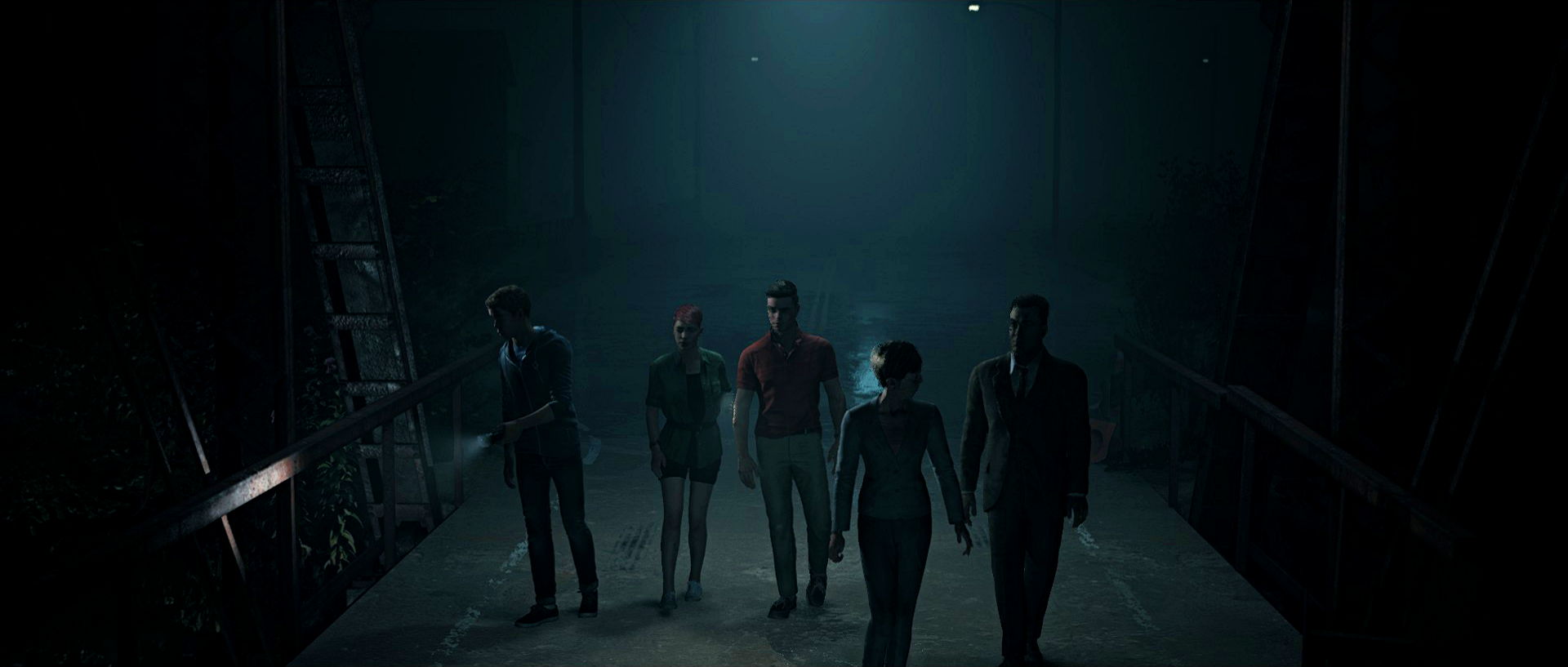
Still Alive and Kicking?
After a bus crash strands a college professor (John) and his four students (Angela, Daniel, Taylor, Andrew) in the ghost town of Little Hope, the town’s colonial dead haunt them. Trapped by a mysterious fog that won’t let them leave, John and his students must learn to work together to escape or suffer violent deaths like the ghosts that still roam the town.
At first blush, a college professor and his students have almost nothing to do with the family who all died horrible deaths in a house fire. They have even less to do with Puritan colonists accused of witchcraft. Except where they’re all spitting images of each other. The characters notice it’s more than just the Puritan ghosts that look just like them, it’s the town’s other long-dead citizens as well. Relatives who took part in the Great War, and a statue dedicated to a famous author who died under mysterious circumstances, drive this point home as well. This is the hook, and it’s a damn good hook.
If the issues of Man of Medan could be summed up in its characters, the thing that made those problems stand out was its attempt at psychological horror. On a mechanical level, it works. Co-op provides players with two very distinct experiences depending on which character is going mad. On a narrative level, a lot of it doesn’t work because the characters are shallow, they don’t function as a narrative team. The ensemble is stuck in the drafting stages. Not terrible, but in desperate need of improvement.
Another outlier is Fliss DuBois, the superstitious captain of the Duke of Milan. Where the rich kids under her guide (one of them portrayed by Shawn Ashmore) adhere to certain stereotypes and never grow past them, Fliss bucks the trend by being completely human in her presentation. They do not play her respect for the dead up to the nth degree. It, along with her resourcefulness, is part of what makes her Fliss.
Supermassive appears to have taken the criticisms of Medan, Hidden Agenda, and The Inpatient to heart and tried working on their characters, not just in terms of personality, but as a group contributing to the narrative. In Little Hope, the characters are where the strength of the game lies.
In their off-screen introduction, a spoken line from John (to Angela) about his sobriety (“Three days shy of three months”) highlights the Threefold Law (or Rule of Three). It’s something I didn’t pay attention to right away until I paraphrased it in a google search and discovered its ties to witchcraft and Neo-paganism. For some witches who practice Wicca, there’s the belief that what you put out into the universe comes back to you threefold. “Do what you will,” they say, “so long as you harm none.”
There’s a focus on the negative intent (wishing harm on someone or yourself) when the subject comes up, but this applies to positive intent as well. Because the Threefold Law is a moral code, the idea is contested as much as its honored. Not all Wiccans follow it, and non-Wiccans prefer to ignore it altogether.
In Little Hope, the characters come across fliers warning parents of teenage fascination with the occult. Books discussing ethics of the witchcraft and how to successfully cast spells without harming yourself. Those same books similarly warn against practicing harmful magic or visiting ill-intent upon someone.
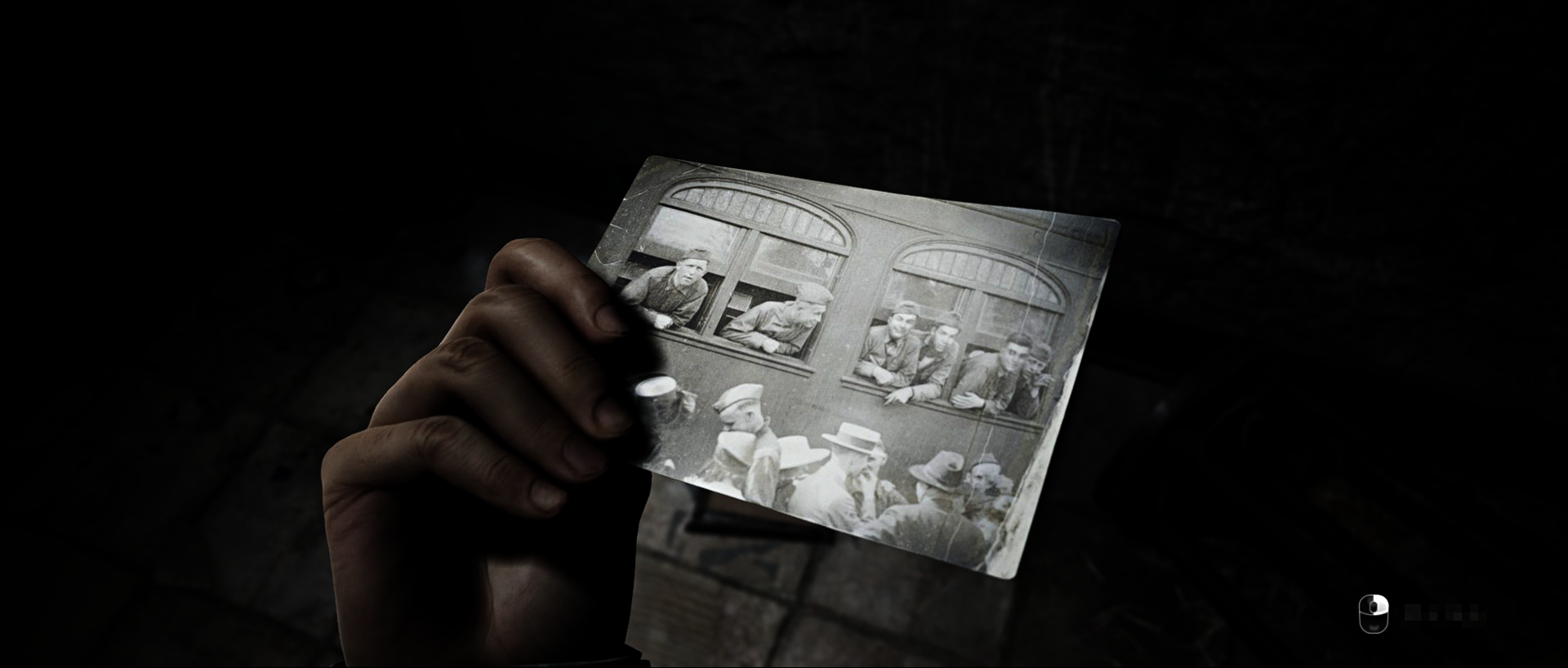
The story plays up the wiccan belief in reincarnation as a cycle, a series of lessons that the soul learns to become who they are in the next life. It’s unsubtle in its use of reincarnation through the visual repetition of the characters as different people in the seventeenth, twentieth, and twenty-first centuries. Certain traits or shortcomings repeat across the character’s other lives or in their deaths (which become more violent as they go on).
John (Alex Ivanovici) is a recovering alcoholic. He’s ill-tempered and overbearing, but there’s an awareness of his shortcomings. Angela (Ellen David) is catty, and picks fights with everyone — but it’s largely a front for vulnerability, exposed in her fear of drowning.
Taylor (Caitlyn Sponheimer) is more combative than Tanya, who tried to avoid arguing with her family because of her aggressiveness. Daniel (Kyle Bailey) is less irritable than Dennis and is close to Angela and Taylor, whose arguments he is constantly trying to diffuse.
Very little changes between Andrew and Anthony (Will Poulter). Suffering from retrograde amnesia after the bus crash, Andrew is a blank slate used as a sounding board for the surrounding characters. Where Anthony’s peacekeeping passivity worked for his troubled family environment, Andrew’s undercuts a lot of moments that could otherwise be terrifying.
Outside of a few dire outcomes, most of them involving Angela (who Andrew interacts with the most outside of John), they give Poulter the least to work with in terms of characterization if you play completely altruistic. Negative dialogue prompts hide the character’s passive-aggressive attitude, humor, and sarcasm. But Andrew’s amnesia, like the absence of the Bus Driver, is at least a better tell than Vince.
Vince, like the fishermen in Medan, is a character that could’ve been used to the advantage of the story, but only serves to highlight the fragmentation of the game’s focus. He’s awkwardly inserted into certain parts of the game, espousing bad dialog about grief and moving on, or appearing sporadically as faux jump scares. Vince figures so little into the story that you could cut him out of it. Yet, winning his favor or losing it determines which ending you get.
The story leans heavily on reincarnation as a plot point, and as far as story beats go, it’s an idea that not only justifies the Little Hope witch hunts but creates a meaningful throughline to the characters in the 1970s as well.
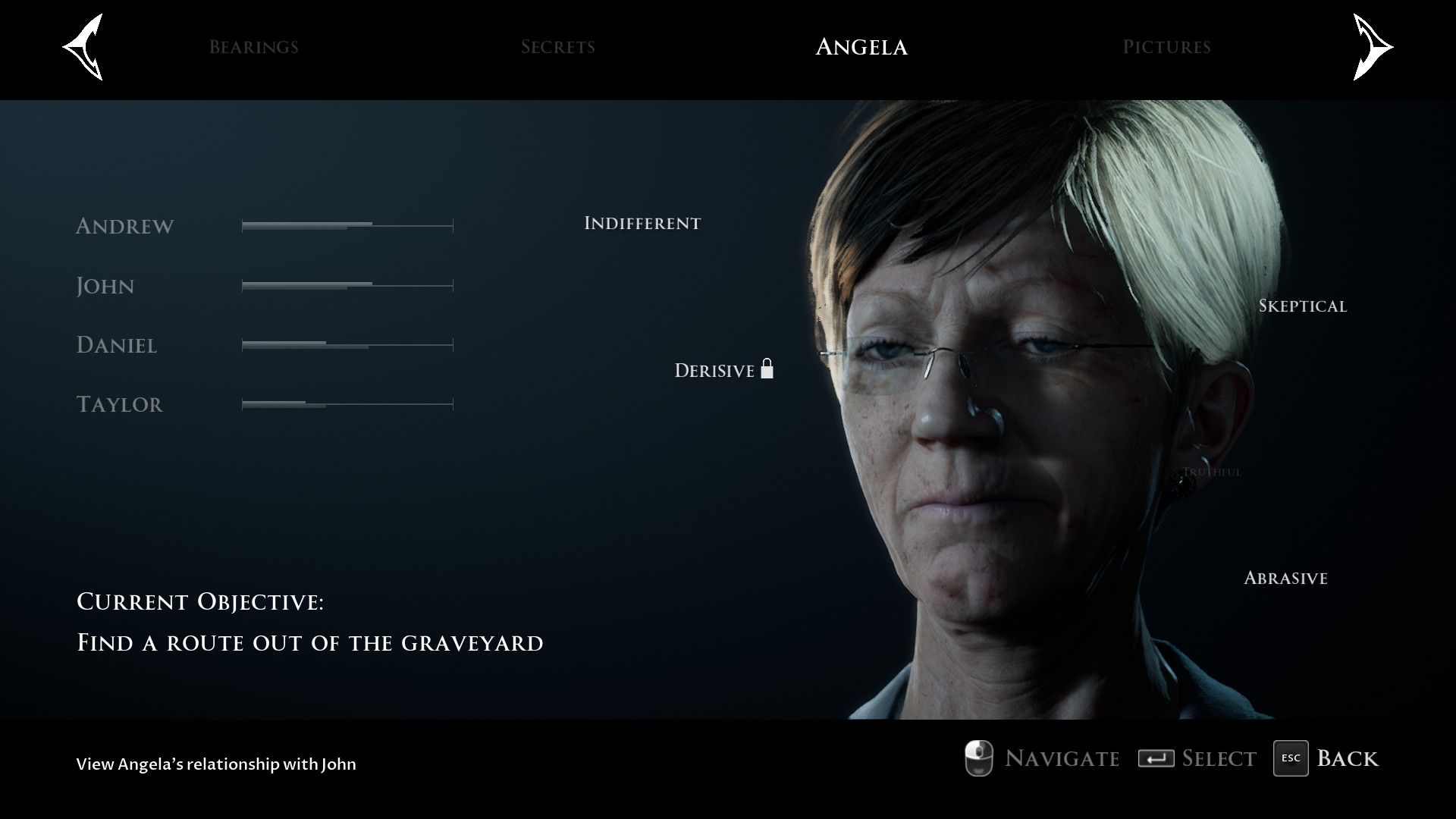
Little Hope builds its story around the perspectives of its five characters, and whether you play solo or with friends, the game is kept afloat by never lingering too long on one character or group. It’s an improvement on Medan’s character change system because the switches feel focused on centering the characters as opposed to simply jumping around different parts of the level.
How you maintain the cast’s relationships through the ‘bearing updates’ feels consequential this time around. Before now, how the system presented in Until Dawn and Medan felt ill-defined in relation to which direction or choice carried the greatest significance. I would always ask, “Okay, what changed exactly?”
The top-left part of the screen keeps the player updated on the status of their characters with red (negative) and green (positive) arrows that tell you where you stand with the others. White arrows (traits) tell you which aspect of their personality is getting the most attention. After a point in the game is reached, certain traits become inaccessible. There’s an incentive to play the spectrum, but the game wants you to play the characters as harmoniously or heroically as possible, or they get the worse outcomes.
The dynamic of the player characters hits a solid sense of familiarity, thanks in part to the performances of the cast, who keeps the dialog from becoming stilted, or insincere. Despite how some characters are designed, there’s a greater effort to realize them as human vs. walking archetypes. A simple exchange at the beginning of the game between Taylor and John, or Angela and Daniel, when checking on each other’s well-being, do a lot to communicate their ease with each other.
John and Angela are incredibly disagreeable, but it’s rewarding to get them to work with the rest of the characters because their responses aren’t 100% altruistic. Their cooperation is usually reluctant. Some of the story’s humor and discomfort lie in their expectation of being obeyed. When rebuffed, their fights with Daniel or Taylor expose their need for control. It’s a neat contrast to how their former authority as parents went unchallenged.
Downtime between dialog in-game is reduced so that the player isn’t walking around in constant silence with the player characters. The characters will talk to each other about what’s going on, or mutter under their breaths if someone’s bothering them. The game is also really great at simulating ‘off-screen’ conversations happening in the background while you explore.
Outside of co-op, your companions remain unhelpful about exploring the environment. They still sit around or stare out windows as you’re roaming. They often cut exploration short with a forced cinematic if the game decides you’re taking too long to progress or wants to jumpscare you.
The arc from uncooperative to a functioning team is a smooth transition, but it also reveals that the game is more on-rails in its design than in previous games. If you approach Joseph Lambert instead of the Milton family in court, everyone reacts to it, but Mary falls over and acts possessed, no matter what.
Story outcomes feel cosmetic, and less varied. No matter what choice you make, the cinematics default on scenes that feel better suited for darker moments. After a while, Little Hope feels like an old Xena: Warrior Princess Multipath Adventures DVD instead of a game with a divergent narrative.
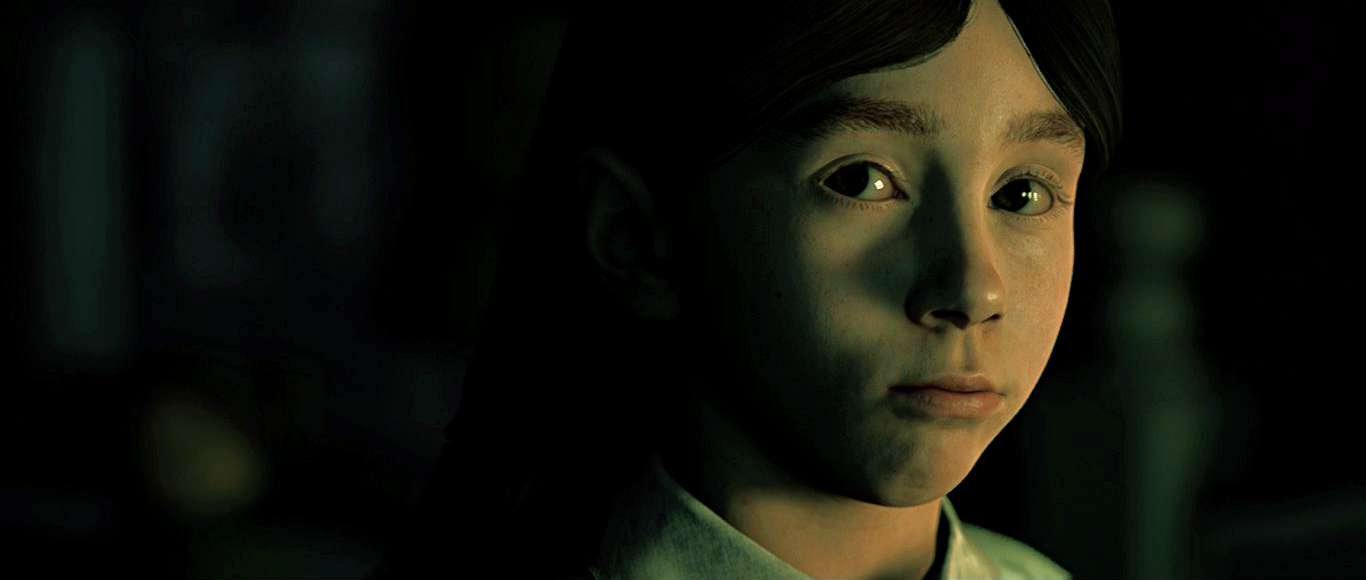
The Girl Who Cried Witch
[…]This kid. She built up so many emotional walls. She just needed help, and no one was listening. —Theo Crane, The Haunting of Hill House
Megan Clarke occupies a lot of space in the setup for Little Hope’s story. I’d argue she should’ve been the protagonist because what drives the narrative is explicitly about Megan and her estrangement from her family. So it’s jarring how the game regulates her to such a minor role.
The 1972 prologue establishes Megan as the youngest of four children adopted by James and Anne Clarke. Standing in the hall, an exasperated Megan speaks to someone in secret, listening to her parents arguing.
The argument communicates that Megan is a problem child. She misbehaves at church and is asked to stay after prayer by Reverend Carson. Anne worries their daughter’s situation is getting worse, but James treats Megan like a nuisance and ignores Anne’s concern.
Tanya, Dennis, and Anthony are comfortable blaming Megan for their family’s problems. Dennis dismisses her without thought of her feelings. Anthony and Tanya are inconsistent in their sympathy. Her refusal to cooperate undermines the half-hearted attempts to understand their sister.
Megan feels pushed aside by everyone who should love her. So, who better to take advantage of this vulnerability than a spirit lurking in the house? Her confidant isn’t her porcelain doll, it’s a shade standing tall behind her, convincing her that her family means her harm.
The screw turns, and the tension builds. Everywhere Megan goes, weird things happen. Ladders shake and topple, doors she doesn’t touch shut and lock on their own, birds suicide against windows. All of it culminates in a house fire that kills everyone, Megan included.
Little Hope’s newspaper collectibles reveal Megan and other children in the town were being groomed by Reverend Carson. Carson used his position to manipulate both the children and the parents, feigning concern about the kids’ potential interest in the occult. He taught the children ‘Satanic mass’ in secret and was involved in James and Anne’s attempts to curve their daughter’s unruly behavior, which Carson was likely encouraging.
One assumes there was trust between Megan and Carson, but old crayon drawings found around the town of a girl crying before a man in black reveal Megan was terrified of Carson.
Mary Milton’s situation parallels Megan’s in the Little Hope witch hunts. Reverend Carver frames the Milton and Lambert families with witchcraft accusations to hide his obsession with magic and demonology. His relationship with Mary Milton is caustic and manipulative, blamed on his wife’s abduction during the Commencement War. He threatens Mary with death and convinces her to condemn her brother and sister in the trials to gain exclusive access to her.
Megan’s relationship with Carson isolates her from her family. Knowing that Carson was dabbling in the occult and passing this knowledge on to kids, Megan intentionally or accidentally summoning a malevolent spirit to exact vengeance isn’t a wild concept. That only makes her story more terrifying because the psychological and supernatural aspect shows she’s subsumed by the idea that her family hates her.
As the driving force behind the narrative, Megan starting the chain of events that culminate in explicit death and apparent rebirth is not only clever reuse of assets (something Supermassive is criticized for) but underscores the looping nature of trauma within a family. The cycle of failure the family continues to experience may only stop when they realize what’s at the heart of Megan’s actions.
Because of how the story played Megan up, I expected we as players would stay close to her in the story. But they keep Megan at a perpetual distance from the player. We’re allowed to control Tanya and Anthony, siblings who defend her on multiple occasions from the family’s ragging, but we’re never allowed a glimpse into Megan’s perspective through interactivity. Falling back on the comforts of schlock horror and misdirection, Little Hope frames Megan’s actions as villainous and encourages the audience to do the same.
The dark figure whispering terrible things about her family doesn’t absolve her of wrongdoing in the eyes of the players. The internet’s willingness to condemn temperamental children saw players sacrifice Megan to the fire, hoping to save Tanya. Both she and Megan die no matter who you go after first.
Megan’s death is distressing, but a karmic restart meant her family could help her, whoever she was now. That’s what kept me going through the game. That there would be a reconciliation between the characters, even as different people. The Bus Driver, Andrew’s amnesia, and Vince all represented the trap I didn’t want this game to fall into.
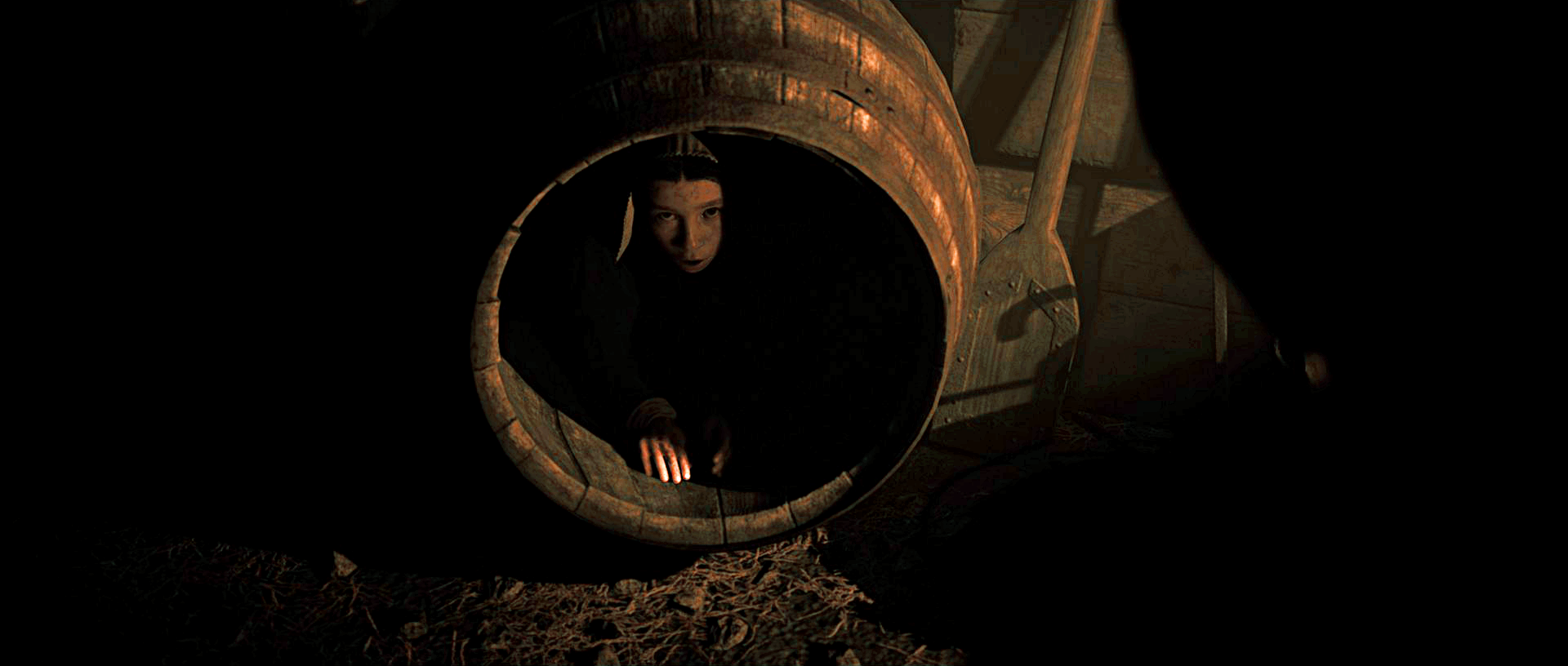
Megan disappears into the ether of the game as a sizeable chunk is dominated by the distractions of telegraphed jump scares, and a cast of characters sniping at each other as they run from small-town ghosts with their faces. None of that is negative on its ownw but illustrates the game’s fractious focus.
They kept the girl, who could be Megan, at a distance. She doesn’t have any meaningful interaction with the cast. She skulks in the shadows out of focus, and zips across the screen, appearing out of nowhere to lead the group on a merry game of cat and mouse.
If the characters get close enough to talk to her, the screaming ghost of Mary Milton grabs one of them and pulls them into the past of 1692. Any chance of talking to the sprinting Girl vanishes. She’s nowhere to be found when they return.
Despite choosing dialog options sympathetic to Mary Milton or the Girl, I couldn’t keep the characters on their side. Playing as Daniel, you stop Carver from hitting Mary during an argument, but there’s no follow-through for his decision later on. He doesn’t question what happens next or try to vouch for her. They cast suspicion on her immediately after Amy Lambert was commended for witchcraft following Mary’s possession act.
As Andrew, you can try to get John, the witch trials expert, to consider that a child couldn’t comprehend the consequences of the witch hunt (Ann Putnam Jr. was 27 when she publicly apologized for her part in Salem’s trials at thirteen). But John keeps insisting that Mary is the culprit. And this is after a heart-to-heart where he cautions against jumping to extreme conclusions.
In the choices offered to the player, Supermassive’s writing team never appeared to account for making more than just one or two characters sympathetic towards Mary or the Girl. It’s a foregone conclusion that the cast and the player assume malice, so it’s easy to get Mary killed.
Towards the climax, Megan, Mary, and the Girl have become plot devices for Andrew and his ‘past self’, Abraham Alastor. The wonky writing remains nakedly undecided on who is or isn’t for killing Mary, as the player faces exonerating or ousting the Reverend as the instigator (but not Mary’s abuser).
The Girl who’s led them around the town disappears. Once the characters reach the Clarke house, there’s no chance to confront her, no questions to volley. Once Abraham’s subplot ends per player choice, she’s not even a memory. None of the characters ask what happened to her. It’s weird and makes no sense, but it’s in that glaring absence I realize what the game is about to do to Megan’s story.
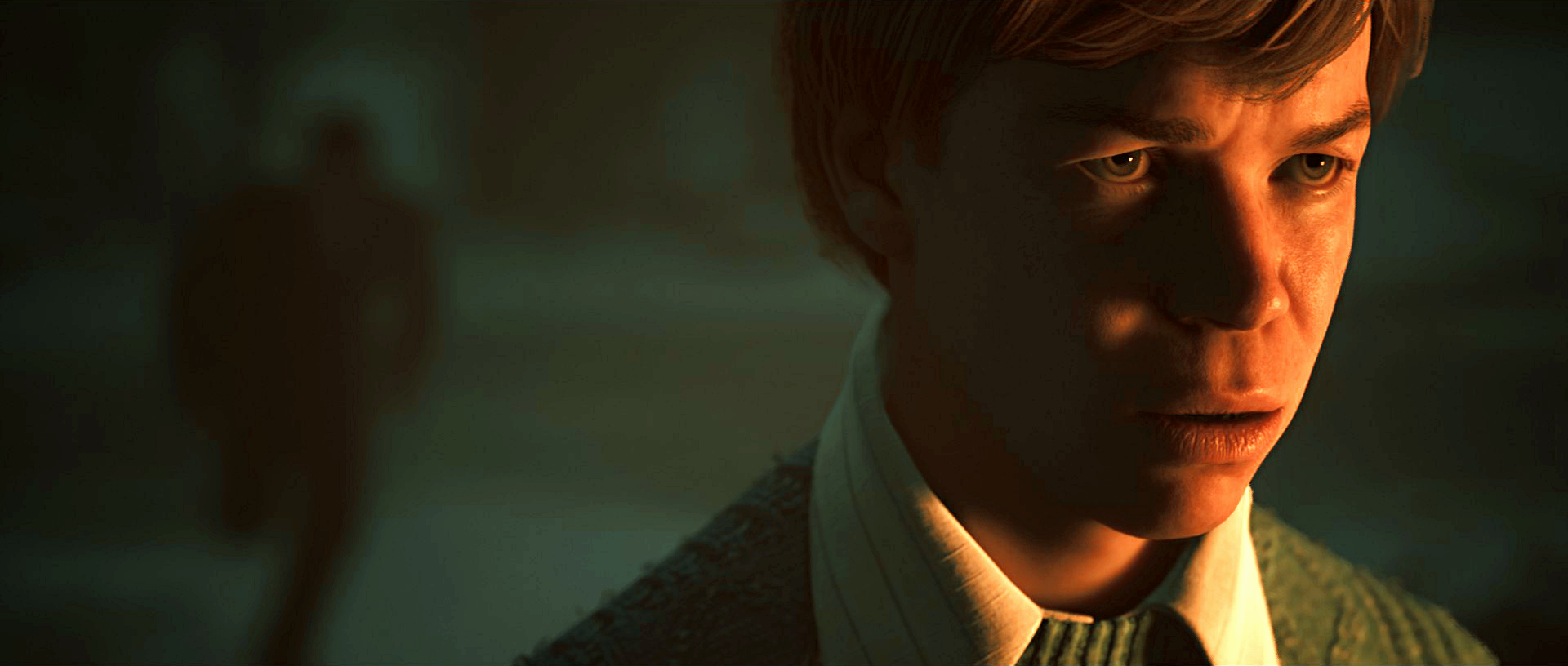
Whatever Happened to Vince and Anthony?
When I wasn’t playing Little Hope, I was watching The Haunting of Bly Manor. The second (and final) series in Netflix’s Haunting Anthology, Bly Manor is a modern reinterpretation of Henry James’ The Turn of the Screw, and eight of his short stories. The series explores the different forms of love (and its antithesis, possessiveness) bereaved by the death of memory. Of being forgotten, and the soul forgetting in death.
Told from the perspective of an unreliable narrator who focuses on multiple characters, Bly Manor slips bits of what might be elements of the truth that stand out from the embellishments. Characters lament the sudden or slow loss of loved ones, while ghosts of the manor wither away, losing the memories that made them important to the living. A manipulative man turned spirit grooms two children into acting out against their guardians, unaware of his presence in the manor.
Bly Manor’s horror serves to its story. It bolsters the drama of the characters without upending the premise presented. The meandering past and present clarify instead of muddling the traumas that define the lead characters in the show’s 1980s present.
Little Hope’s problems rest on its misdirection. Though Bly Manor invites the audience to question the reality of events told, it does not dismiss its character’s experiences as fiction. Little Hope sacrifices the individuality of its characters, their experiences with and separate from Andrew, in the name of a badly communicated ending. An ending that asks you to sympathize with a radically altered character the story never gives audiences a chance to care about.
There is no ‘best ending’, no ‘secret ending’ that changes the chosen conclusion of the story. No matter who you save, how altruistically, passively, or aggressively you play, the conclusion of Little Hope’s four-hour journey reveals everything you as a player experienced was a delusion created by Anthony Clarke — the sole survivor of the fire that killed the Clarke family in 1972.
Little Hope wants to be a story about two men who lost everything they loved in a fire. How, forty-odd years later, they’re not coping with that loss. Hidden behind the witch trials element wasted on the game, the story of Anthony’s troubled family, unobscured, is itself a ghost story worth telling.
If Supermassive had taken a page out of the Haunting Anthology’s book and used the supernatural to communicate its themes (grief, abuse, emotional neglect), the death of the town, and Vince and Anthony’s stories would’ve been enough to carry the game. Its conclusion wouldn’t stick out like a sore thumb or act as a giant eraser.
Because collectibles that tell you that Tanya and Vince were practicing Wiccans, earlier information about witchcraft, go to waste in the name of misdirection. Megan’s narrative, her trauma, like Anthony’s, is never explored so much as exploited. Its treatment is a much less explicit version of Outlast 2’s decision to use the molestation of a child at the hands of a priest as fodder to make their player base squirm.
Bly Manor and Hill House build a ghost story around a broken family, learning to come to terms with their past. Little Hope could’ve aspired to be that kind of horror game, that kind of ghost story. But most of the information that would support it is flavor text that doesn’t affect the narrative. Most of the game is spent, if not wasted, on the cast running from monsters.
Reimagining his family as better, self-sacrificing people is wrought with heartbreak when you realize it’s all fantasy. When you realize he can’t change the past, he either forgives himself or succumbs to his part in their deaths. Given the execution, Anthony wandering around a dead town, talking to himself, and confusing Tanya’s aged boyfriend, comes off as unintentionally comical.
Little Hope tries to tackle so many ghost stories to hide its intent that it just loses sight of the goal with the Clarke family. That’s what stings about the ending. Whichever version of the classically hasty Supermassive ending you get, Little Hope personifies “a destination so bad, it invalidates the journey.”
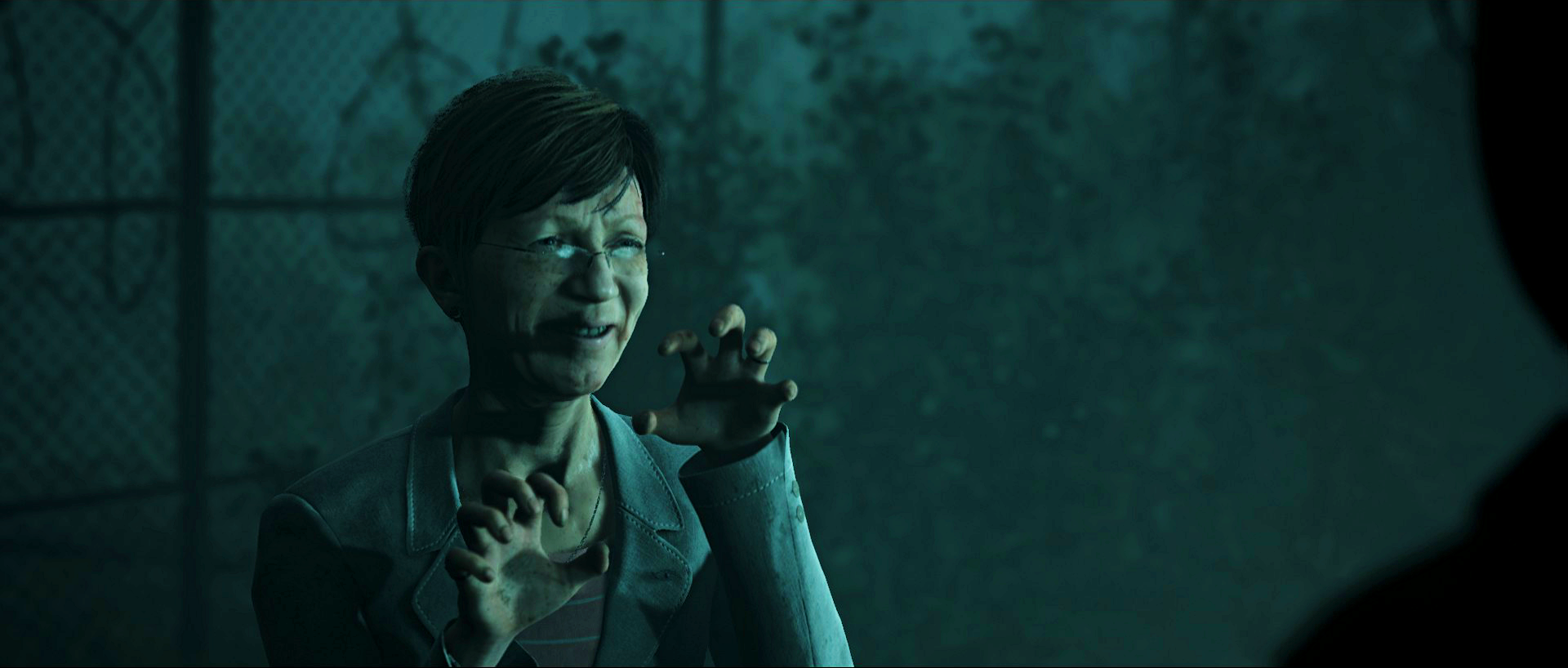
We Have Not Come to Terms
Whenever someone talks about the problems of the horror genre in the gaming industry, they’ll highlight the artificiality of jumpscares. Horror games are not wanting for jump scares, it’s the bread and butter of even the most prolific franchises (i.e. Resident Evil, Silent Hill, Fatal Frame).
As a proven niche in an industry that couldn’t make it a blockbuster genre, independent or first-time horror developers lean on loud noises, quick-time events, and jack-in-the-box moments like a security blanket.
The genre does not have a great reputation in that regard, but where it fails hardest is narrative. Horror games are the only type of game I know where a story is not a real prerequisite. The lack of a story is universally forgiven if the quality — the experience — of horror offered is top tier.
Rarer still is the expectation of a quality narrative when an attempt is made. Rhianna Pratchett, whose primary trade is writing, explained that game development often treats story as secondary to mechanics. Story elements can be exercised if they become an obstacle to the gameplay mechanics, which leads to troubled screenplays (Pratchett’s work on Mirror’s Edge and the Thief reboot is one example).
Quality storytelling is still something of a revelation in the industry, and answers vary on what actually defines that (there’s no ‘western canon’ to disrupt yet). When horror-adjacent games like Hellblade: Senua’s Sacrifice, Control, or Spec Ops: The Line comes around, they make such an impression in terms of writing that it becomes the standard by which future games are judged or designed.
Compounding the issue of ‘quality storytelling’ in horror games is how mental illness, grief, and trauma are handled. The three are (typically) experienced intertwined, and their depiction in games age like sour milk in the sun.
Details boil down to simplistic and often damaging depictions, reduced to gameplay mechanics or surface storytelling. The Last of Us Part II and Blair Witch are great examples of games that nail the simulation of trauma, grief, and PTSD, but fall into the trap of becoming exploitative of their subjects.
Trauma and mental illness are gimmicks for the very mechanic-focused nature of horror games. In more than a few psychological horror stories, they sacrificed the sure footing of the story in favor of twists that rely on someone’s exaggerated mental illness or the character being dead, but not knowing it.
Like the jumpscare, both are a lazy staple of the genre purely because execution is often poor. The empathy that is offered in stories like Virginia, Gone Home, or What Remains of Edith Finch is lacking if not missing entirely. It’s more about getting a reaction out of the player versus choosing a conclusion that works best for the story.
Historically, Supermassive’s approach to mental illness and trauma is as low of a bar as everyone else’s. Comfortable in the horror pantheon of mimicking what came before, a past criticized for perpetuating harmful stereotypes. Until Dawn is a love letter to those very types of films. So are the rest of their games since.
In the case of Little Hope, that’s part of its problem. But Supermassive’s games are, by their definition, about incremental improvement. Little Hope improves over Man of Medan in the areas of gameplay and presentation. I suspect House of Ashes will address the problem areas of Little Hope.
I still think Supermassive created an enticing story because it centered on the characters asking questions about their current state of being and didn’t completely define them by their archetypes.
Surprised as I was by the end of the game, it also soured my entire experience with the story. It took what I thought were its strengths and cast them aside in a way that rendered replay value meaningless.
Now that a pattern’s been established (one that can be broken, but I wouldn’t bet money on it), the preview of House of Ashes promises to use the same formula. They primed military adjacent characters to tackle the subject of PTSD — if not U.S. military adventurism and exploitation of other countries.
I won’t say I’ll never play House of Ashes, but it has soured me on Supermassive as a developer. I’m not likely to give them the benefit of the doubt next time around.